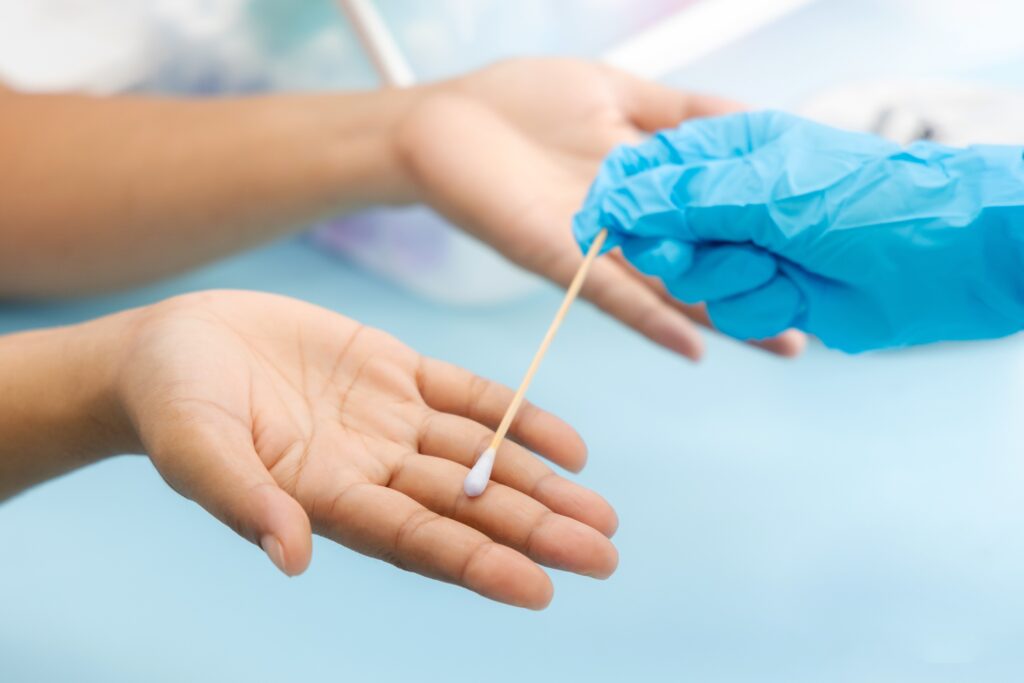A simple two-minute cheek swab can detect a potentially fatal heart condition in children up to five years before traditional diagnosis, according to new research.
The condition, arrhythmogenic cardiomyopathy (ACM), is usually genetic and accounts for over 10% of sudden cardiac deaths in children. It arises from abnormalities in the proteins connecting heart cells, disrupting both heart structure and electrical activity. Often, the condition develops silently and can strike without warning.
Researchers at Great Ormond Street Hospital and St George’s, University of London discovered that the same protein changes affecting the heart are also present in the lining of the cheeks. This finding led to the development of a quick, non-invasive test that could revolutionize early detection.
In a trial involving 51 children aged three months to 18 years with a known genetic risk of ACM, cheek swabs were taken every three to six months over seven years. Ten of these children later developed ACM, and eight had abnormalities detected by the swabs well before other diagnostic tests. An additional group of 21 children with no known risk also showed abnormalities in five cases.
Dr. Angeliki Asimaki, a cardiac morphology expert involved in the study, described the test as “risk-free and non-invasive” and highlighted its potential to provide timely and accurate diagnosis, which could save lives. Plans are underway to develop home test kits, allowing children to perform swabs themselves and send samples for analysis.
Symptoms of ACM can include palpitations, fainting, breathlessness, abnormal heart rhythms, and swelling in the legs or abdomen. In the UK, it is estimated that 1 in 10,000 people are affected.
Dr. Sonya Babu-Narayan, Clinical Director of the British Heart Foundation, emphasized the importance of early detection: “This simple, pain-free cheek swab test could identify children in the early stages of ACM who need extra care, or provide reassurance to at-risk children and their families with normal results.”
If widely implemented, this innovative test could become a crucial tool in preventing sudden cardiac deaths in children.



